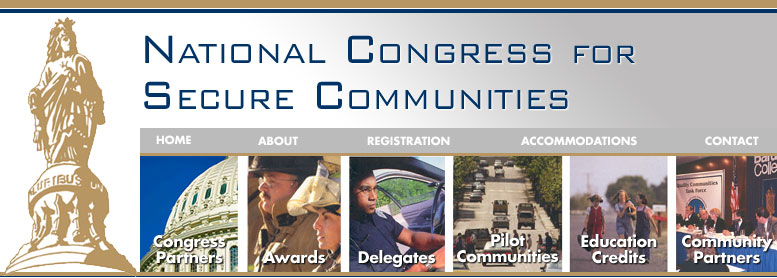Most American communities simply cannot afford to be prepared for all hazards, and often must stretch public sector resources and responders beyond capacity. Being prepared in these cases means developing strategies that allow every responder and resource to be focused on response and containment instead of being diverted to mitigation and law enforcement. Working with special needs individuals, and managing or triaging the volunteers and materiel that arrives during crisis takes precious assets and personnel away from protecting a community and diverts them to other tasks. Additionally, small communities can lose their response capability if the safety of families and relatives of responders is not planned for in advance.
Over 40% of America's communities are at risk during crisis, due to their inability to pay for assets, capabilities and personnel required to be fully prepared. Many of these same communities are in the evacuation path of major urban areas, and don't have the means to withstand the demands of thousands of evacuees.
Successfully surviving a crisis requires that response remains a humanitarian mission that does not devolve into a law enforcement crisis, or else the great majority of private and community sector assets and volunteers will be turned away. Planning and preparation are keys to crisis readiness, which in turn is key to community recovery. One cannot exist without the other.
Over a period of two years, thousands of community stakeholders have worked together to understand the preparedness and response challenges faced by communities. These challenges tend to fall into three overall categories:
How to:
1) Maximize existing reponder capability
-care for the families and relative of responders
-develop a community-supported buddy system for vulnerable sector/special needs individuals
- create a management network to help triage volunteers and materials
2) Plan, Communicate and Train the Community
3) Leverage Community Resources

